Patagonia
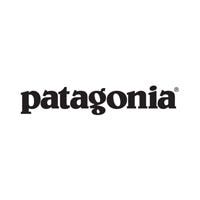
 Patagonia Ladies Nouveau Green Better Sweater JacketSpecial Price £64.99 Regular Price £129.99
Patagonia Ladies Nouveau Green Better Sweater JacketSpecial Price £64.99 Regular Price £129.99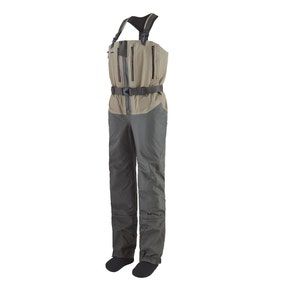 Patagonia Ladies River Rock Green Swiftcurrent Expedition Zip Front Stockingfoot Waders£400.00 Regular Price £699.00
Patagonia Ladies River Rock Green Swiftcurrent Expedition Zip Front Stockingfoot Waders£400.00 Regular Price £699.00


By Appointment to HM The King
Suppliers of Fishing Tackle
and Waterproof Clothing
Farlows Group Ltd. London

For the last 50 years, Patagonia has been guided by Yvon Chouinard’s design philosophy of quality and simplicity
“We’re in business to save our home planet.”
For the last fifty years, Patagonia has been guided by the design philosophy of quality and simplicity. They create products that are innovative, multifunctional, timeless, essential, beautiful, and iconic, whilst employing the pinnacle of environmental and social solutions. In the midst of a climate crisis, Patagonia is committed to using its resources to fight the environmental crisis, protect nature and biodiversity, and support thriving communities.
Image courtesy of J Watt.
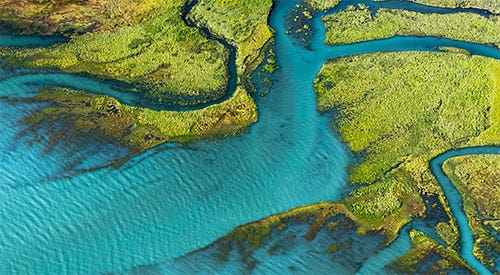

Patagonia is not a sustainable company. That’s something they’ve acknowledged since their first catalogue in 1972. Since then, they’ve been committed to reducing the social and environmental harm of their products whilst funding grassroots activism through 1% for the Planet. Today, 100% of Patagonia profits go to fighting the climate crisis.
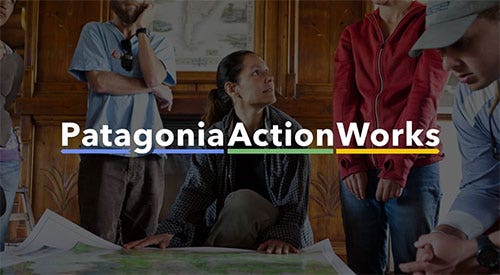

For nearly 50 years, Patagonia has supported grassroots groups working to find solutions to the growing environmental crisis. In this time of unprecedented threats, it’s often hard to know the best way to get involved and that is why they are connecting individuals with their grantees to take action on the most pressing issues facing the world today.
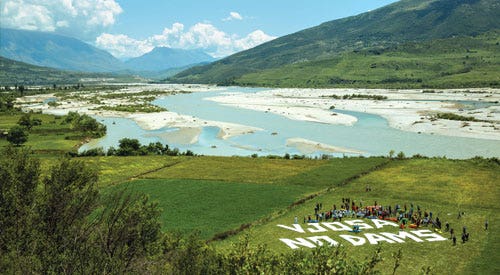

Patagonia stands for free flowing rivers. People are rising up to protect Europe’s largest wild river—the Vjosa. This waterway runs untamed from source to sea, embracing a mosaic of habitats and cultures that have been tied to it for thousands of years. Vjosa Forever chronicles the ongoing struggle to secure the future of a Vjosa River National Park.
Patagonia's latest Men's and Women's midweight Swiftcurrent Waders deliver more than dependably dry feet - they simply do everything better.
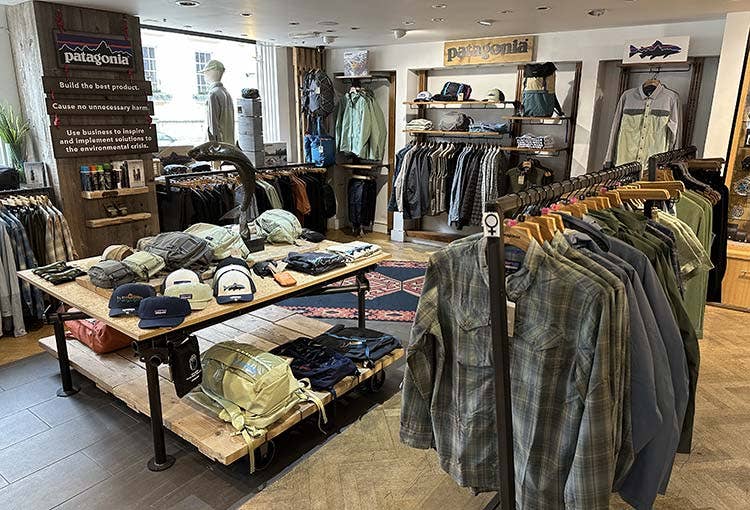

Technological innovation and environmental and social responsibility are qualities espoused by both Farlows and Patagonia, as such, the creation of a Patagonia store-in-store at Farlows Pall Mall, London location was a natural partnership.
Established in 2016, the store-in-store showcases the current Patagonia range and allows customers to browse and try products with the assistance of Farlows team members, who are trained in all aspects of Patagonia‘s technical know–how, environmental focus and product innovation.
Whether you are looking for Patagonia‘s base, mid or shell layers or for their packs, waders and equipment you will find your perfect fit in-store at Farlows.
JUST ARRIVED New gear to help you make the most of your adventures - SHOP NOW »
FREE FLY FORTNIGHT Buy 5 flies, get the cheapest FREE. Ends 13th March - SHOP NOW »
END OF SUMMER SALE Over 50% off selected clothing, tackle & accessories - SHOP NOW »
WIN A HARDY MARKSMAN Your chance to WIN a brand new Hardy rod - ENTER NOW »
BLACK FRIDAY WEEKEND DRAW Your chance to WIN a £500 voucher* each day - Terms Apply »
JANUARY SALE Up to 35% off selected clothing, tackle & accessories - SHOP NOW »


